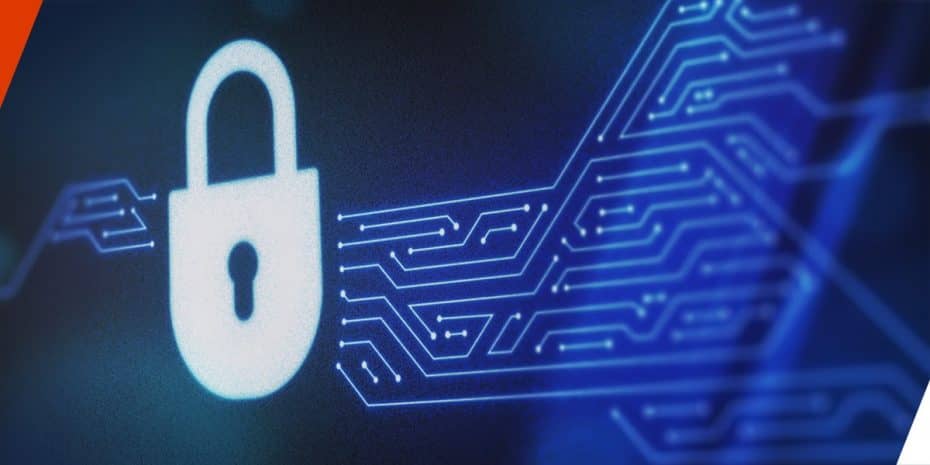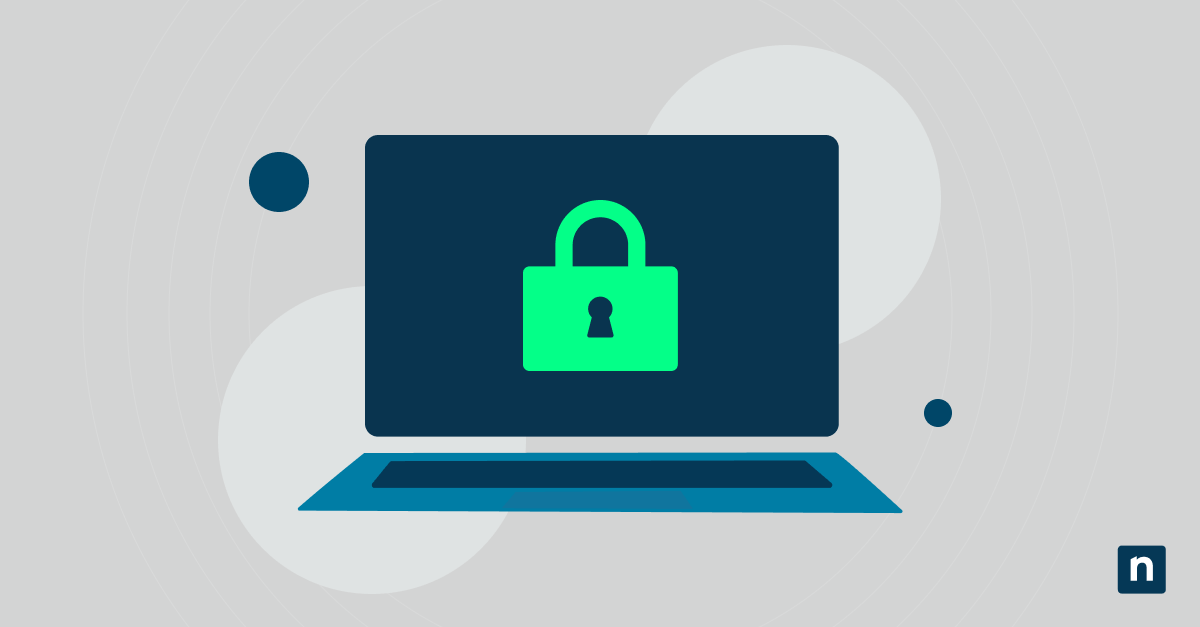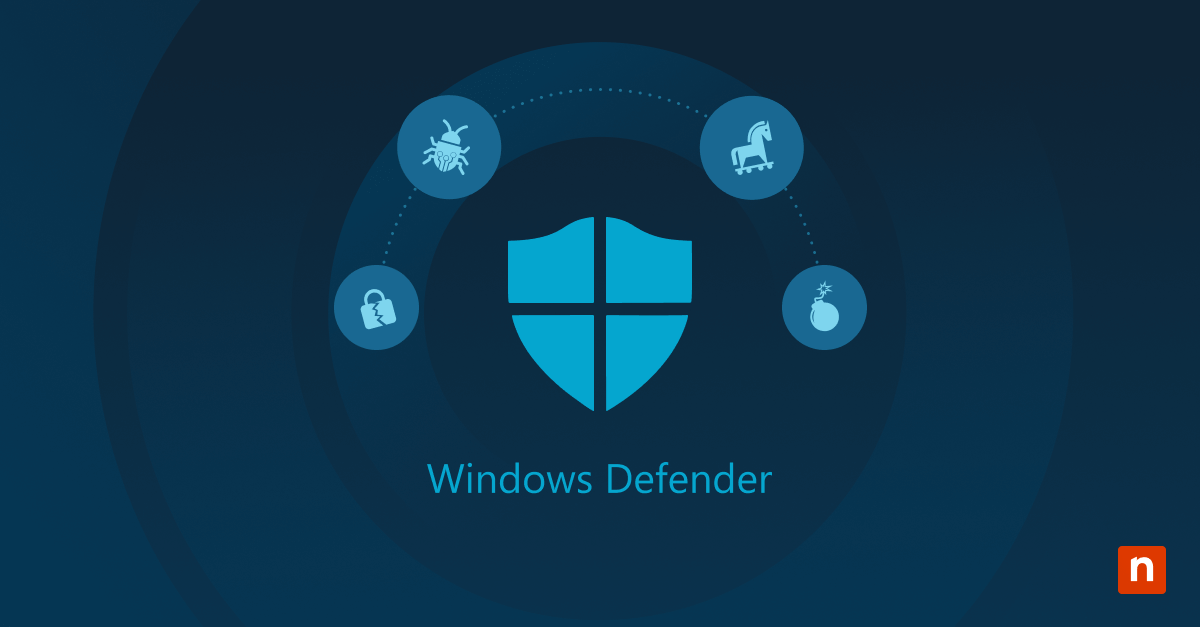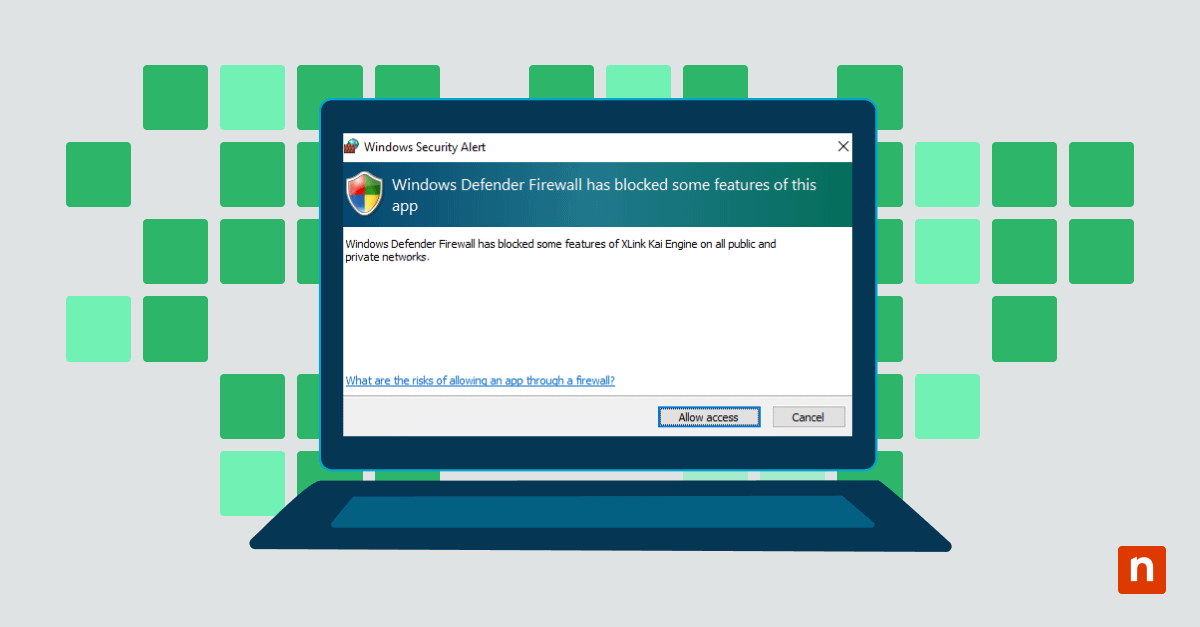Check Point’s 2022 Workforce Security Report states that more than half of the workforce works remotely in 57% of organizations. The increase in the number of employees that work from home brings up new security implications that on-premise IT environments didn’t have to worry about. As organizations continue to undergo digital transformation, the existing network and network security architectures no longer meet the needs of the current digital era.
How can an organization ensure the security of their network when they have users accessing it from scattered locations? Secure Access Service Edge (SASE) was created to address this main issue, and an increasing number of organizations are seeking to implement it in their IT environments. In 2020 Gartner proposed that, “By 2024, at least 40% of enterprises will have explicit strategies to adopt SASE, up from less than 1% at year-end 2018.”
What is Secure Access Service Edge?
SASE (pronounced “sassy”), coined by Gartner, is the combination of network and security technology in a single offering. The goal of SASE is to secure the network by making it safe for end users to connect from anywhere.
There’s been a big demand for secure direct access to the cloud without having to go through a VPN. SASE accomplishes this by combining security as a service (SECaaS) and network as a service (NaaS) into a unified solution, so you can both manage and secure your network using a global, cloud-based security model.
Security as a Service (SECaaS)
SECaaS is an outsourced service that can be used to handle and manage an organization’s cybersecurity. Third-party SECaaS providers secure IT environments through the cloud.
Network as a Service (NaaS)
NaaS is the delivery of network services, including hardware and software. NaaS also follows a cloud-service model and uses a subscription service, and organizations can “rent” networking services from NaaS providers.
How does Secure Access Service Edge work?
SASE works by creating a network architecture framework that contains both cloud security technologies and wide area network (WAN) capabilities to create a safe connection for users accessing the network from wherever they may be. SASE offers all this as a centrally managed cloud service.
SASE is different from other network strategies because it doesn’t depend on a private physical data center. Instead, more apps and data are increasingly being stored and accessed in the cloud. While perimeter-based security met the security needs of legacy software to combat past cyberthreats, SASE protects a software-defined perimeter and results in a more advanced level of security.
This also enables SASE to enforce traffic security at user and application endpoints, rather than monitoring traffic at the network perimeter. It shifts the security focus to identity verification.
3 levels to accomplish SASE
Security Boulevard explains Gartner’s three levels to accomplish SASE: core, recommended, and optional. Each of the levels contain different technologies that can be used in the SASE model:
Core
Core technologies are essential to SASE and enable it to create a secure network architecture.
- Software-defined Wide Area Network (SD-WAN)
- Secure Web Gateway (SWG)
- Firewall as a Service (FWaaS)
- Cloud Access Security Broker (CASB)
- Zero Trust Network Access (ZTNA)
Recommended
Recommended technologies are not absolutely essential, but they can also be extremely helpful in creating a successful SASE.
- Sandbox
- Browser Isolation
- Web Application Firewall (WAF)
- Network Access Control (NAC)
- Next-Generation Antivirus/Endpoint Detection and Response (NGAV/EDR)
Optional
Optional technologies are offered if customers still need those services.
- Wireless Local-Area Network (WLAN)
- Virtual Private Network (VPN)
Why do current organizations need Secure Access Service Edge?
Versa mentions some major reasons why businesses need SASE:
- Cloud adoption better meets the needs of the current IT environments
- Integrations of technologies reduce the complexity of IT management
- Protects a software-defined perimeter instead of just the edge of the network
- Mitigates the threat landscape through identity-aware software and applying the principle of least-privilege to access permissions
- Policy enforcement is consistent for all users, wherever their location
How does Secure Access Service Edge compare to traditional network security?
With traditional network security, IT teams in the current era are faced with an overwhelming number of challenges. Businesses that once operated in brick and mortar buildings with local data centers are moving to distributed hybrid workforces, but traditional network security is struggling to meet the needs of this new type of workforce. Citrix states that traditional network security challenges may include complex management of technologies, too much work for the staff, inadequate protection from cyberattacks, high latency, and increased costs.
What are the benefits of a SASE model?
If there’s such a large number of companies moving to SASE networking, there must obviously be many advantages that the SASE model offers. Major benefits of the SASE model include:
- Improved security services to protect against threats
- Increased time and cost savings through centralized management
- Reduced operational complexity of IT security
- Ensured policy enforcement and access control
- Better overall network performance and user experience
Protect and manage your network with a SASE framework
Technology is always changing and becoming more advanced, so it’s important to keep up with these changes. SASE is an innovative solution to deal with the current issues businesses face in their IT environments. SASE is an excellent network architecture framework that enables you to manage and secure your network effectively.








